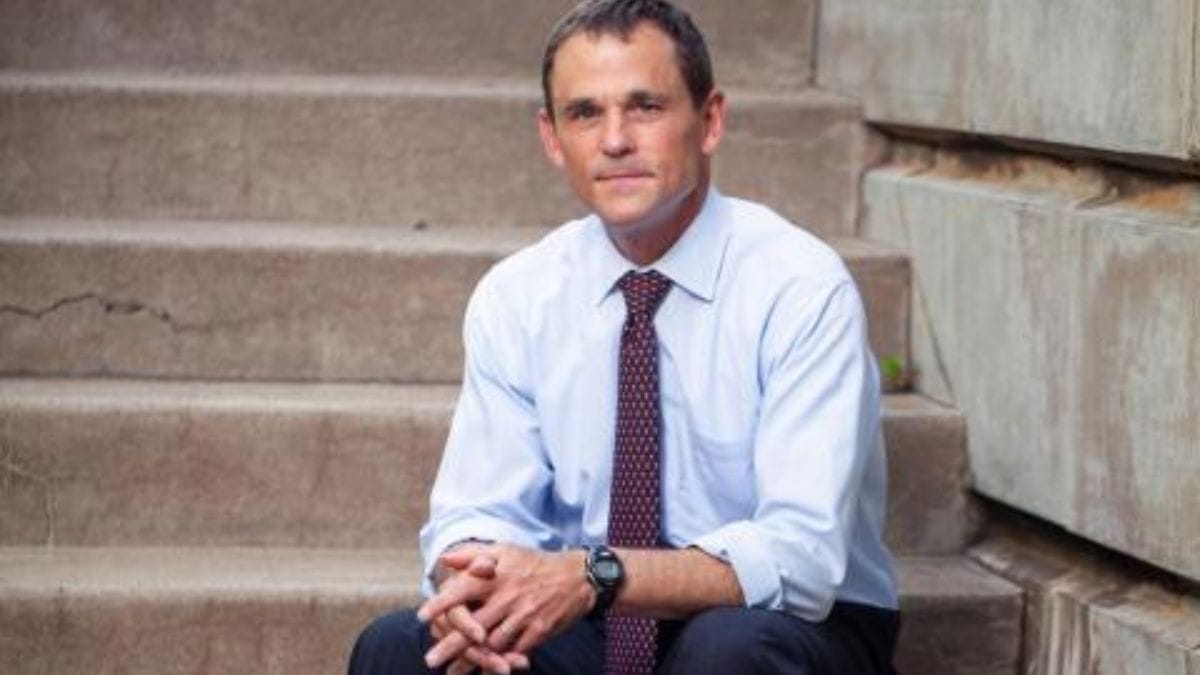New York: It’s a seismic moment at the University of Virginia. Jim Ryan, the school’s widely admired president, has officially resigned. What seemed unthinkable just weeks ago has now happened, and not because of internal scandal or mismanagement—but because of mounting pressure from outside forces.
Ryan’s departure comes after intense scrutiny from the U.S. Department of Justice and growing calls from politically powerful alumni and board members. The flashpoint? UVA’s diversity, equity, and inclusion (DEI) efforts—seen by some as essential progress and by others as political overreach.
This isn’t just a resignation. It’s a clear sign of the growing tension between academia, federal power, and the cultural divide sweeping across America. For UVA students, staff, and alumni, the question now isn’t just “what happened?”—it’s “what’s next?”
Also Read: Who Was the Real Roofman? Inside the Eerie Life of Jeffrey Manchester
What Led to Jim Ryan’s Resignation?
Jim Ryan had been under increasing pressure from the federal government to dismantle all formal DEI structures at the University of Virginia. Although UVA officially voted to dissolve its central DEI office earlier this year, federal authorities accused the university of continuing its DEI initiatives under different names.
The Justice Department reportedly viewed this as non-compliance—and made it clear: either the university fully dismantled DEI, or it would lose significant federal funding. The stakes were clear, and so was the message. That ultimatum put Ryan in an impossible position. After weeks of discussions, he chose to step down.
His decision was also fueled by pressure from several conservative-aligned board members and alumni groups, who saw him as resisting their vision for the university. For them, his resignation is a victory. For others, it feels like the loss of a leader who tried to hold the middle ground.
The Legacy of Jim Ryan at UVA
During his tenure, Jim Ryan transformed UVA into a more inclusive, accessible institution. He prioritized scholarships for low- and middle-income students, fostered deep engagement with faculty and students, and was known for his visibility on campus—from surprise classroom visits to jogs across the Lawn.
He raised hundreds of millions in donations, strengthened UVA’s national reputation, and championed student mental health and wellness long before it became a widespread institutional concern. He also helped expand educational programs, increased representation in faculty hiring, and worked to modernize the campus experience.
But in today’s climate, that wasn’t enough. His brand of leadership—one grounded in nuance, balance, and bridge-building—struggled to survive in a moment defined by hard lines and zero-sum politics.
The Power Struggle Over DEI
Diversity, equity, and inclusion initiatives have become political lightning rods, especially in public institutions. For some, they represent social justice and progress. For others, they’ve become synonymous with political indoctrination and federal overreach.
At UVA, the battle over DEI reached its peak this year. Critics believed Ryan was resisting the state and federal mandate to end DEI. Supporters argued he was protecting core academic values and creating a more inclusive community.
The tension became too much to bear. In resigning, Ryan may have preserved the university’s funding—but many now wonder at what cost to its soul.
What Happens Next at UVA?
With Ryan’s resignation, the university’s board is expected to appoint an interim president. Who that person is—and what they represent—will set the tone for UVA’s next chapter. Will the university take a hard political turn, or will it try to maintain balance?
Students and faculty are likely to be closely watching how the DEI debate evolves from here. With the Justice Department’s involvement and growing national attention, UVA has become a symbol of a much larger story—about who controls the future of education in America.
The resignation of a university president may seem like a local event. But in this case, it’s a national headline. And for many, a warning.
Emotional Reactions from the Community
The UVA community is already deeply divided. Some are grieving what they see as a loss of integrity and leadership. Others are celebrating what they view as the end of political overreach. Social media is flooded with reactions—ranging from gratitude to anger to fear about what’s coming next.
There’s also a rising concern among students: will their sense of belonging and safety change under a new administration? For many who benefited from DEI programs, this moment feels personal.
Jim Ryan may be stepping down, but the fight over what UVA stands for is far from over.
This resignation isn’t just about Jim Ryan. It’s about where we are as a country. It’s about the lines being drawn between tradition and transformation, between federal authority and local control, between progress and backlash.
UVA is now at the center of a national conversation. What happens next will be watched closely—not just in Charlottesville, but across the country.
For now, one thing is clear: leadership in higher education has never been more political, more public, or more personal.







